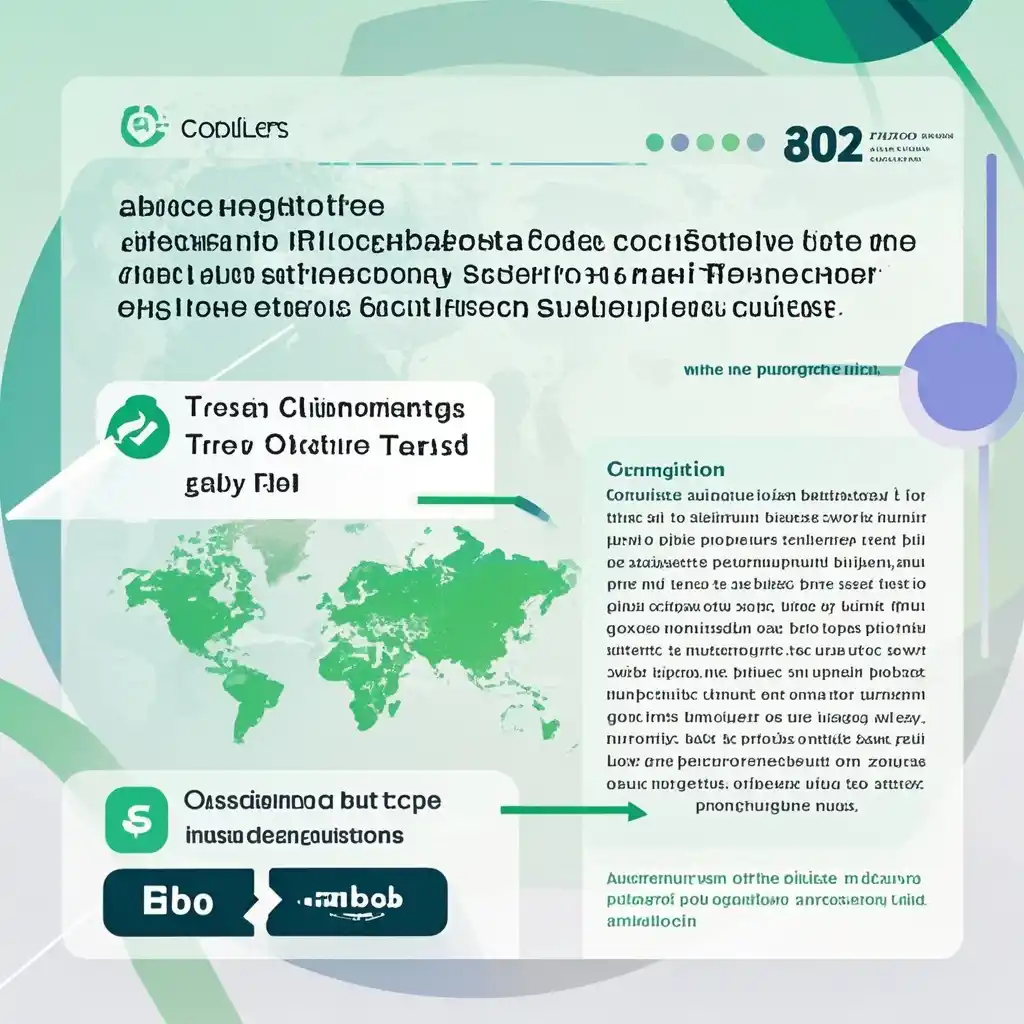

Background
In the era of globalization, high - tech cross - border e - commerce has been booming. However, the high - tech industry, especially in areas such as semiconductors, is facing significant tariff - related challenges. For example, in recent years, some countries have imposed tariffs on semiconductor products imported from certain regions. These tariffs can range from 5% to 25% depending on the product category and the origin of the goods. The background to these tariff impositions is complex, often involving trade disputes, national security concerns, and the desire to protect domestic high - tech industries.
The Impact of Tariffs on High - tech Cross - border E - commerce
1. Increased Cost of Goods Tariffs directly increase the cost of imported high - tech products. For high - tech cross - border e - commerce companies, this means that they have to pay more for the goods they purchase from overseas suppliers. For instance, if a company imports semiconductor chips worth $1 million and is subject to a 10% tariff, it has to pay an extra $100,000. This additional cost is either absorbed by the company, reducing its profit margin, or passed on to consumers, leading to higher prices. Higher prices can make high - tech products less competitive in the market, especially in price - sensitive segments.
2. Disruptions in Supply Chains Tariffs can disrupt the well - established supply chains of high - tech cross - border e - commerce. Many high - tech products are assembled using components sourced from multiple countries. When tariffs are imposed on certain components, it may force companies to seek alternative suppliers, which can be a time - consuming and costly process. For example, a smartphone manufacturer that used to import a particular type of camera module from a country subject to tariffs may have to find a new supplier in a different region. This could lead to delays in production, quality control issues, and potential losses in market share due to unavailability of products.
3. Market Access Restrictions High tariffs can act as a significant barrier to market access. In some cases, the high cost due to tariffs makes it unfeasible for high - tech e - commerce companies to enter certain markets. For example, a small start - up specializing in high - tech wearable devices may not be able to afford the tariffs to enter a large but tariff - protected market. This limits the growth potential of high - tech cross - border e - commerce companies and restricts consumers' access to a wider range of high - tech products.
Localization Strategies
1. Local Production One effective strategy is to establish local production facilities. By setting up factories or production lines in the target market, high - tech cross - border e - commerce companies can avoid tariffs on imported finished products. For example, some semiconductor companies are building fabrication plants in regions where they have a large market share. This not only reduces the impact of tariffs but also allows for better adaptation to local market demands in terms of product features and delivery times.
2. Strategic Sourcing Companies can engage in strategic sourcing by identifying and partnering with local suppliers in the target market. For high - tech products, this may involve working with local research institutions or small - and - medium - sized enterprises that can provide components or services. For instance, in the field of software development for high - tech e - commerce platforms, local software developers can be hired to customize the platform according to local regulations and user preferences, reducing the need for importing expensive software services.
3. Local Marketing and Brand Building Developing a strong local marketing and brand - building strategy is crucial. This includes understanding the local culture, consumer behavior, and regulatory environment. For example, in some Asian markets, social media platforms play a significant role in marketing. High - tech cross - border e - commerce companies can invest in local social media campaigns, participate in local trade shows, and collaborate with local influencers to build brand awareness and loyalty. By focusing on local marketing, companies can increase their market share even in the face of tariff challenges.
Summary
Tariffs have a profound impact on high - tech cross - border e - commerce, causing increased costs, supply chain disruptions, and market access restrictions. However, through effective localization strategies such as local production, strategic sourcing, and local marketing and brand building, high - tech cross - border e - commerce companies can mitigate these negative impacts. In the long run, as the global trade environment continues to evolve, companies need to be flexible and innovative in adapting to tariff changes and other trade - related challenges to ensure their sustainable development in the high - tech e - commerce space.